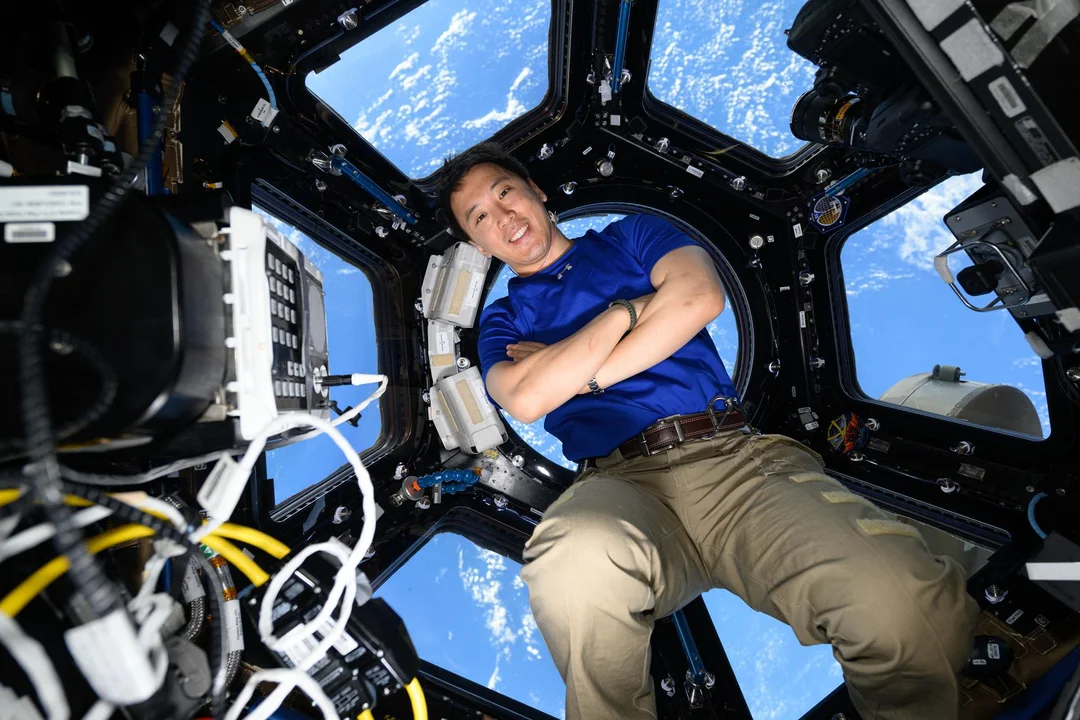
SpaceX Dragon Returns to Earth: Delivering Crucial Science from the ISS
SpaceX Dragon is set to return to Earth on May 23, carrying vital scientific research samples and hardware from the International Space Station (ISS). The mission marks the end of the 32nd commercial resupply services mission, bringing back experiments crucial to understanding the effects of space on materials, human physiology, and technology. NASA is providing live coverage of the undocking and departure.
The Dragon spacecraft will undock from the space-facing port of the ISS’s Harmony module at 12:05 p.m. EDT. SpaceX's Mission Control in Hawthorne, California, will then direct the spacecraft to move a safe distance from the station. Live coverage of the undocking will begin at 11:45 a.m. EDT on NASA+.
After safely re-entering Earth’s atmosphere, the Dragon will splash down off the coast of California. While there will be no live stream video of the splashdown, NASA will provide updates on their space station blog.

What's Coming Back?
The SpaceX Dragon is returning with approximately 6,700 pounds of cargo, including a range of crucial scientific investigations and equipment. Among the most notable are:
- MISSE-20 (Multipurpose International Space Station Experiment): This experiment exposed various materials to space to enhance knowledge of how materials react to ultraviolet radiation, atomic oxygen, charged particles, and thermal cycling. These materials include radiation shielding and detection materials, solar sails and reflective coatings, ceramic composites, and resins for use in heat shields.
- Astrobee-REACCH (Responsive Engaging Arms for Captive Care and Handling): This technology demonstration showcased the capabilities of Astrobee robots to capture and relocate objects in orbit. Using tentacle-like arms and adhesive pads, the robots captured space objects of different geometries or surface materials. This endeavor could help address problems involving end-of-life satellite servicing, orbit change maneuvers, and dealing with orbital debris.
- OPTICA (Onboard Programmable Technology for Image Compression and Analysis): Data and hardware from this one-year technology demonstration are returning to Earth. OPTICA was designed to improve the transmission of real-time, ultra-high-resolution hyperspectral imagery from space to Earth, potentially improving disaster response and other Earth-observation-reliant services.
- Story Time from Space: Books from the Story Time from Space project will also be included. Crew members aboard the ISS read science, technology, engineering, and mathematics-related children’s books in orbit and videotaped themselves completing science experiments.
The crew of Expedition 73, including NASA Flight Engineers Jonny Kim and Anne McClain, have also been conducting experiments to study the effects of weightlessness on the human body, such as testing a thigh cuff designed to prevent the upward flow of blood. This research is particularly important as NASA aims toward deep space missions to the Moon under the Artemis campaign and future human missions to Mars.

Why is this Important?
The return of the SpaceX Dragon is critical for the continued advancement of space exploration and scientific understanding. The experiments being returned provide valuable insights into the challenges of long-duration spaceflight, and contribute to the development of new technologies for future missions. These capabilities maximize satellite lifespan and protect satellites and spacecraft in low Earth orbit that provide services to people on Earth. Moreover, the research supports expanding commercial opportunities in low Earth orbit and beyond.
What are your thoughts on the future of commercial space missions and the importance of these scientific returns? Share your comments below and let us know what experiments you are most excited to learn more about!